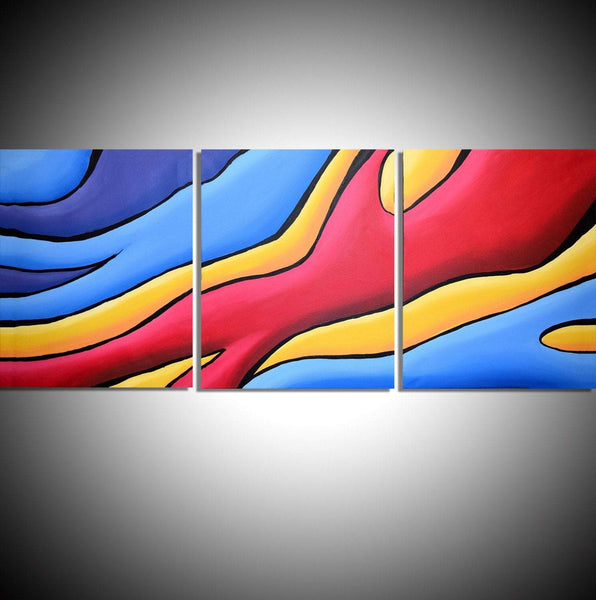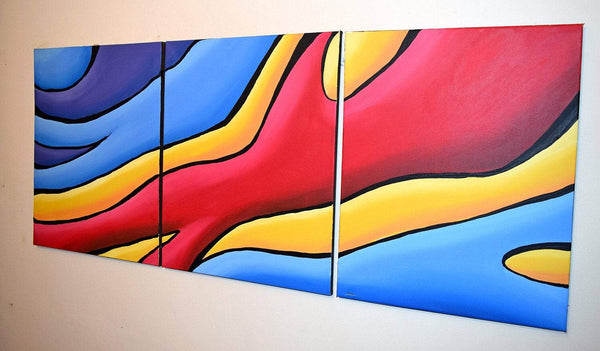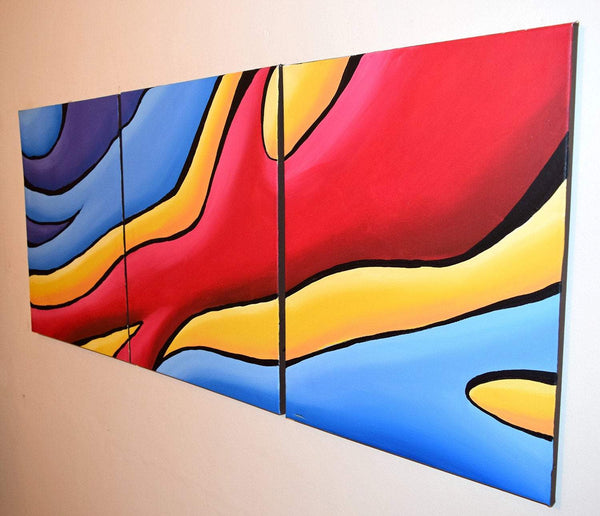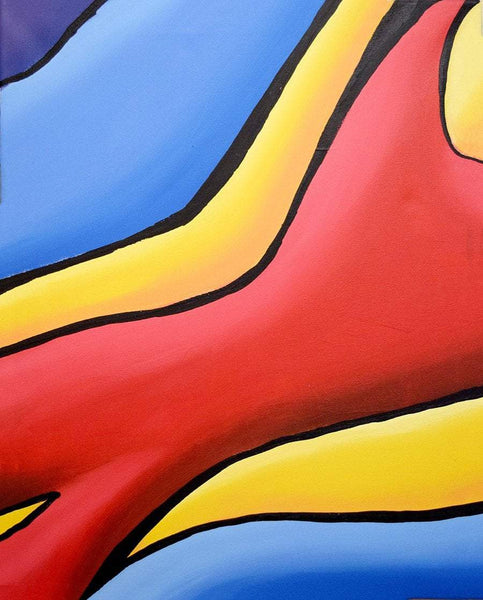graffiti original decal 3 panel contemporary acrylic three 3 big sizes
-The original paintings for sale "Graffiti Time" modern art abstracts
Three large sizes available
48 x 20 , 3 canvases each 16 x 20"
54 x 24 Inches 3 canvases each 18 x 24"
60 x 28 inches 3 canvases each 20 x 28 inches
please select size for latest prices
*This is a commission piece 1-2 weeks until completion*
-Media: Acrylic Support: Canvas (Stretched) on Wood Frame
- Painting Can Hang Vertical or Horizontal.
- No Framing Is Required.
-Artist: Stuart Wright
-Media: Acrylic Support: Canvas (Stretched) on Wood Frame
-hand signed on the back
- not a poster , handmade & hand painted
- art gallery represented artist - best quality paint is used for more photos please see http://www.wrightsonarts.com
for more purple abstract paintings click here
The Urban Canvas: Exploring the Vibrant World of Graffiti Painting
Introduction:
Graffiti art, a dynamic form of self-expression, has evolved from its roots in urban rebellion to a recognized and celebrated art form. Street art, mural painting, and graffiti wall art have become integral components of the contemporary art scene, transforming ordinary spaces into vibrant urban canvases. In this article, we delve into the captivating world of graffiti painting, exploring its history, styles, and the impact it has had on the art landscape.
-
Graffiti Art: A Historical Perspective: Graffiti art has its roots in the rebellious spirit of the streets. Emerging from the hip-hop culture of the 1970s, graffiti served as a visual protest and a means of self-expression for marginalized communities.
-
Street Art's Evolution: Street art, a broader term that encompasses graffiti, has evolved into a diverse and respected art form. Street artists use public spaces as their canvas, turning mundane structures into visually striking works of art.
-
Mural Painting: Monumental Expressions: Mural painting, often associated with graffiti art, takes the form of large-scale artworks adorning buildings and walls. Murals have the power to transform urban landscapes, telling stories, and conveying powerful messages.
-
Graffiti Wall Art: The Canvas of the City: Graffiti wall art turns cityscapes into dynamic galleries. Artists use walls as their canvas, creating colorful and intricate compositions that contribute to the visual identity of neighborhoods and urban environments.
-
Styles and Techniques: Graffiti artists employ a range of styles and techniques. From traditional lettering (tagging) to more intricate and complex designs (wildstyle), each artist brings a unique flair to their work, making the streets a diverse gallery of creativity.
-
Legal Walls and Permitted Murals: As the appreciation for graffiti art grows, many cities designate legal walls or permit artists to create murals in specific areas. This shift has allowed for the cultivation of a vibrant street art scene while respecting public and private property.
-
Social Commentary and Activism: Graffiti painting often serves as a platform for social commentary and activism. Artists use their work to address political issues, social injustices, and cultural themes, making the streets a canvas for dialogue and change.
-
Graffiti Art in Pop Culture: Graffiti art has permeated pop culture, influencing fashion, design, and even high-end art galleries. Renowned graffiti artists have transitioned from the streets to galleries, blurring the lines between urban and traditional art.
-
Community Engagement: Street art, including graffiti wall art, fosters community engagement. Murals often involve local artists collaborating with residents, creating a sense of pride and identity within neighborhoods.
-
Graffiti Painting's Enduring Impact: The impact of graffiti painting on the art world is undeniable. It has challenged traditional notions of art, bringing creativity to unexpected places. The resilience of graffiti as an art form reflects its enduring influence on the contemporary cultural landscape.
Conclusion:
Graffiti painting, in its various forms—street art, mural painting, and graffiti wall art—continues to be a potent force in the art world. From its rebellious origins to its current status as a recognized form of self-expression, graffiti art has transformed the urban environment into a vibrant and ever-evolving canvas. As artists push boundaries and challenge norms, the streets remain an open gallery, showcasing the dynamic and diverse voices of the urban landscape.







